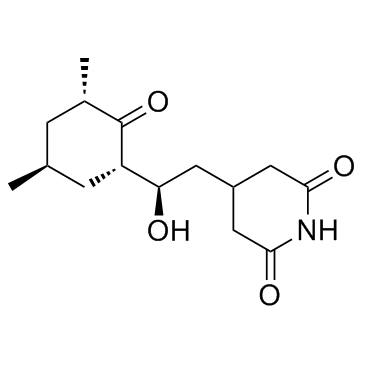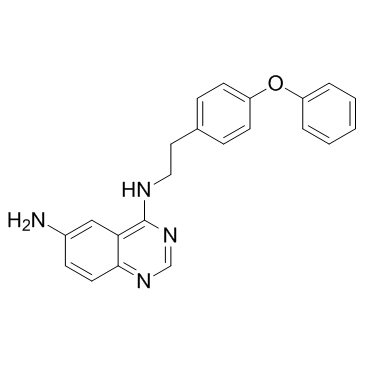| 结构式 | 名称/CAS号 | 全部文献 |
|---|---|---|
 |
放线菌酮
CAS:66-81-9 |
|
 |
QNZ (EVP4593)
CAS:545380-34-5 |
| 结构式 | 名称/CAS号 | 全部文献 |
|---|---|---|
 |
放线菌酮
CAS:66-81-9 |
|
 |
QNZ (EVP4593)
CAS:545380-34-5 |